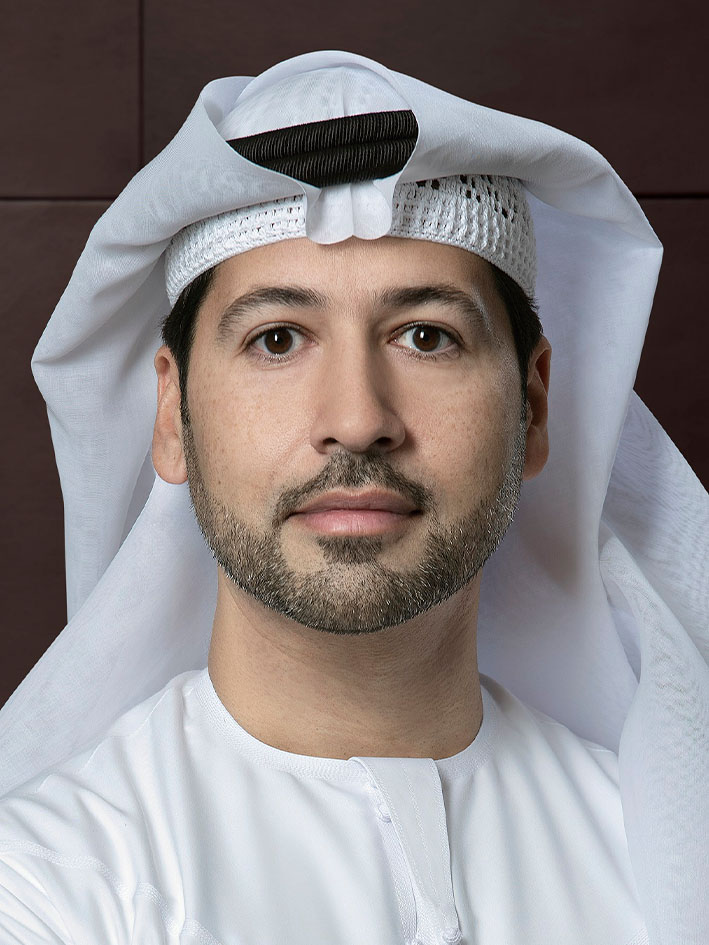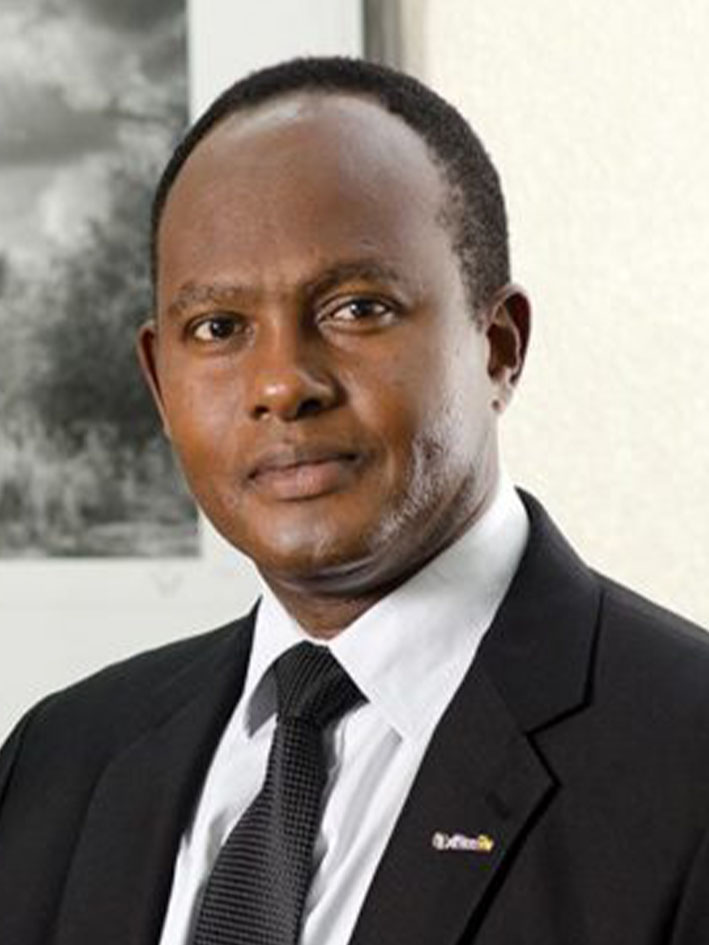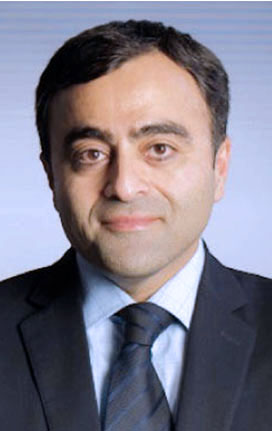Discussions at this year’s Dubai World Insurance Congress focused on the industry’s most pressing issues and challenges to find solutions that respond to today’s business environment

Opening the Dubai World Insurance Congress (DWIC) 2022, Dubai International Financial Centre (DIFC) Authority CEO Arif Amiri emphasised the importance of ESG and AI to the growth and development of the financial sector. He said that Dubai and DIFC are global ambassadors for AI, which is increasingly being incorporated in underwriting practices.
He also noted that despite the growing importance of technology, the role of intermediaries remains essential in the (re)insurance market.
“A few years ago, there was a sentiment that brokers will not be needed. [However,] brokers and other intermediaries such as managing general agents have important roles to play … bringing expertise for decisions that perhaps AI cannot replace.”
Mr Amiri also urged insurers to look into cyber security insurance. “There has been an increase in cyber crime during the pandemic and it is an area that insurance and other sectors in the finance industry need to focus on much more.”
He confirmed the DIFC’s commitment to supporting the development of the industry, highlighting how its insurance business has seen significant growth in the past year.
“The DIFC will continue to work with clients from the industry to shape the future of insurance. With the support of our clients, the insurance industry continues to grow here and in 2021, GWP in DIFC were valued at $1.8bn.”
Addressing the protection gap

Estimates suggest that COVID-19 has caused losses of around $35bn, mostly in 2020, across lines like business interruption, travel insurance and event insurance, said Gen Re member of the board Ulrich Pasdika.
He said that more than 6m people have died from COVID-19 according to official sources, but the death toll might reach 15m based on reliable estimates. The huge death toll COVID-19 has created is a major loss event on the life insurance industry where leading life reinsurers have incurred $9bn of losses.
While figures were not available for primary life insurers, their losses are expected to have exceeded $15bn, said Mr Pasdika, emphasising that life pricing cannot remain the same after the pandemic. Most of the losses on the life business have been in North America (51%), Europe (44%), Asia (12%) and to a lesser degree in MENA.
“This is a game-changing event. And the increased frequency of such mega-loss events will have a significant impact on the future of the business model in the reinsurance industry, affecting all layers of the business including regulations, pricing and types of cover,” he said.
He added that there remains a significant protection gap where most of the losses of such events have not been sufficiently insured, or not at all.
He said that the gap exists in life insurance and urged the industry to join hands and build partnerships with governments to resolve this issue. He also noted that fortifying trust in the insurance industry, product innovation and the use of technology can be game changers in creating awareness, influencing customer behaviour and making cover more affordable.
Pulse of the industry
At a panel discussion presenting updates on the global insurance industry, Tysers CEO Clive Buesnel noted that the war for talent, pricing and inflation hikes are the main challenges facing the industry in the short term. “In the longer term, I worry about the pace of change,” he said, noting that the industry is evolving too slowly.
QBE Re managing director Steve Postlewhite questioned the industry’s reaction to keep pace with the changes in the surrounding environment. “In the last five years, major CAT events happened 2.5 times the 20-year average …. Models and our perception and risk pricing haven’t kept pace with that.”
He said the industry needs to understand the risks through the use of appropriate models and the right data and, “how we can profit from it and allow our clients to profit from it, and how we can do better with all the change that is in the world at the moment.”

Africa Re group managing director and CEO Corneille Karekezi stressed the need for government collaboration to overcome some of the more significant challenges. “There are lot of things we cannot do as private (re)insurers. We have to work with governments with regard to the transformation of risks, aggregation and awareness,” he said.

Reflecting on adaptation, enablement and transformation of technology, DIFC chief business development officer Salmaan Jaffery said that the past two years have accelerated the agenda for digitalisation, but the insurance sector has not responded to this quickly enough.
Commenting on pricing trends, Mr Postlewhite said the industry is not in a hard market but rather a differentiated market – by geography and product – and Mr Buesnel believes there are capacity constraints which will lead pricing to go up in the short term.
Dr Karekezi pointed out that investments in the digitalisation process are insufficient and there is energy being wasted investing in tech fields that are irrelevant to the needs of the business. He also called on industry practitioners to work together to create an efficient supply chain.
DWIC 2022 took place on 9-10 March and was organised by Global [Re]insurance with the support of DIFC. The two-day annual event attracted around 800 delegates from over 50 countries. M